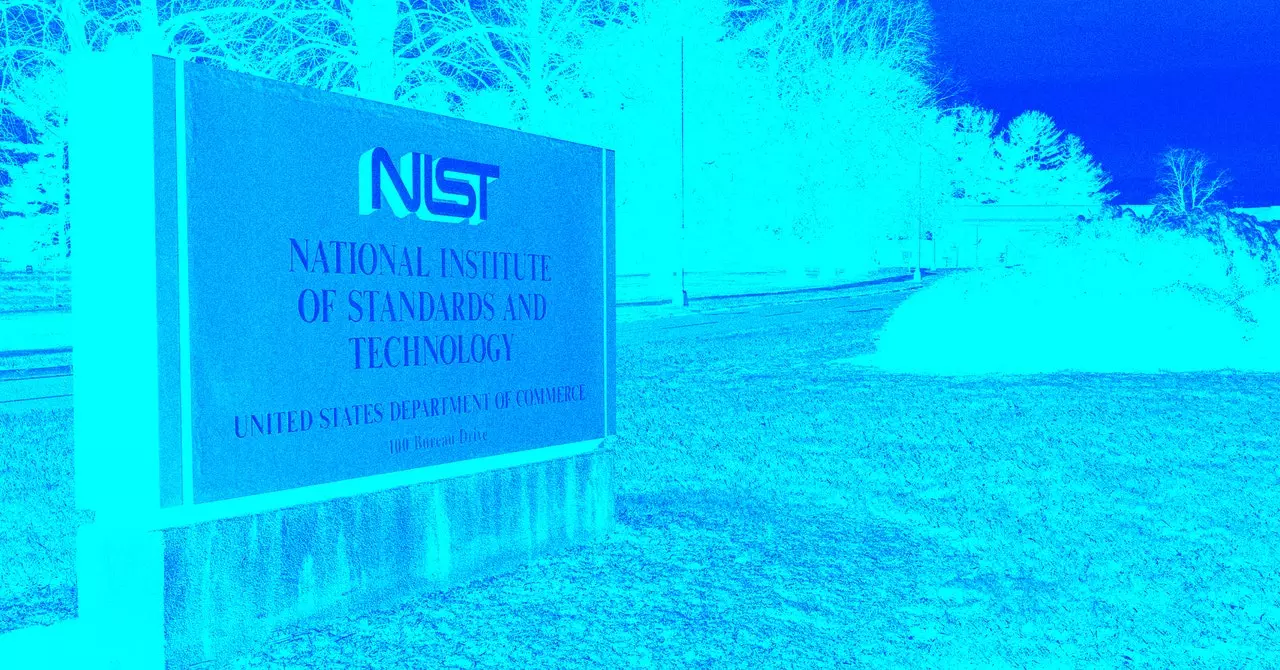The landscape of federal employment is under siege, as recent reports indicate impending layoffs at the National Institute of Standards and Technology (NIST). Initially founded to establish critical benchmarks for ensuring the safety and reliability of products across various industries, this agency finds itself ensnared in a web of political maneuvering and fiscal tightening. The current climate suggests a new wave of job cuts, potentially initiated by an administration keen on reshaping federal structures, and fundamentally altering the priorities of NIST.
It is critical to examine the backdrop against which these layoffs are emerging. In the wake of President Donald Trump’s inauguration, significant shifts in policy have instigated unrest within the federal workforce. The administration’s partnership with figures like billionaire Elon Musk and the newly dubbed Department of Government Efficiency (DOGE) has sent ripples of uncertainty throughout agencies such as NIST. The initial directive to slash spending has reportedly spurred anxieties among employees who fear for their positions and the efficacy of their programs.
The atmosphere became especially charged when reports surfaced that DOGE personnel were observed on the NIST campus, likely probing into the agency’s IT resources. This intrusion, however innocuous it may have been, served as a catalyst for speculation regarding the direction of NIST and the administration’s strategic goals. As leadership at NIST downplayed the significance of DOGE’s presence, the warning lights remained flashing for employees concerned about imminent cuts.
The Human Cost of Budget Cuts: A Closer Look
According to reports from various sources, the impending layoffs primarily target recently hired staff, particularly those still in their probationary period—which permits easier termination. However, the situation is further complicated by the looming specter of cutting experienced professionals, including well-respected leaders who have contributed significantly to NIST’s mission.
The potential impact of these decisions reverberates beyond individual job losses; it poses a threat to institutional knowledge and continuity. Particularly alarming is the situation surrounding the U.S. AI Safety Institute (AISI), recently established to foster collaboration and understanding in artificial intelligence. Following the rescinding of a critical executive order by Trump, which had aimed to enhance AI safety protocols, the groundwork laid by NIST and its specialized teams appears to be crumbling.
The departures of high-profile leaders, such as Elizabeth Kelly and Reva Schwartz, underscore a troubling trend: key figures unable to navigate the new political environment are exiting an institution already grappling with fiscal uncertainties. With talent hemorrhaging from the organization, the risks associated with algorithmic safety and ethical considerations in AI technology come to the forefront—areas where regulatory oversight is becoming increasingly vital.
As Vice President JD Vance openly conveyed the administration’s disinterest in prioritizing AI safety, discontent among employees working on critical AI issues heightened. Exclusion from significant international summits illustrates a disturbing trend toward deprioritizing crucial conversations that affect national and global AI policy. The absence of NIST personnel from key discussions diminishes the agency’s voice and influence on standards that could shape the future of technology.
Moreover, as other tech leaders and companies continue to innovate, the very foundation of accountability in AI development could be jeopardized by drastic reductions in NIST’s expertise. The dire ramifications of sidelining regulatory bodies speak to the broader implications for consumer safety, technological advancement, and ethical governance.
The situation at NIST reflects a convergence of political strategy, economic constraints, and pressing societal needs in the realm of technology. As deliberations pivot toward efficiency, it becomes imperative to assess the latent consequences of diminishing an agency that plays a pivotal role in securing trust in technology. The path ahead may be shrouded in uncertainty, but the decisions made today will undoubtedly reverberate for years to come.
The impending layoffs may signify more than just a reduction in workforce; they may herald a fundamental shift in how the U.S. approaches the burgeoning field of artificial intelligence, accountability, and government regulation. As the narrative unfolds, the importance of thoughtful governance and robust standards must not be eclipsed by the allure of rapid cost-cutting measures. The stakes have never been higher.


Leave a Reply
You must be logged in to post a comment.